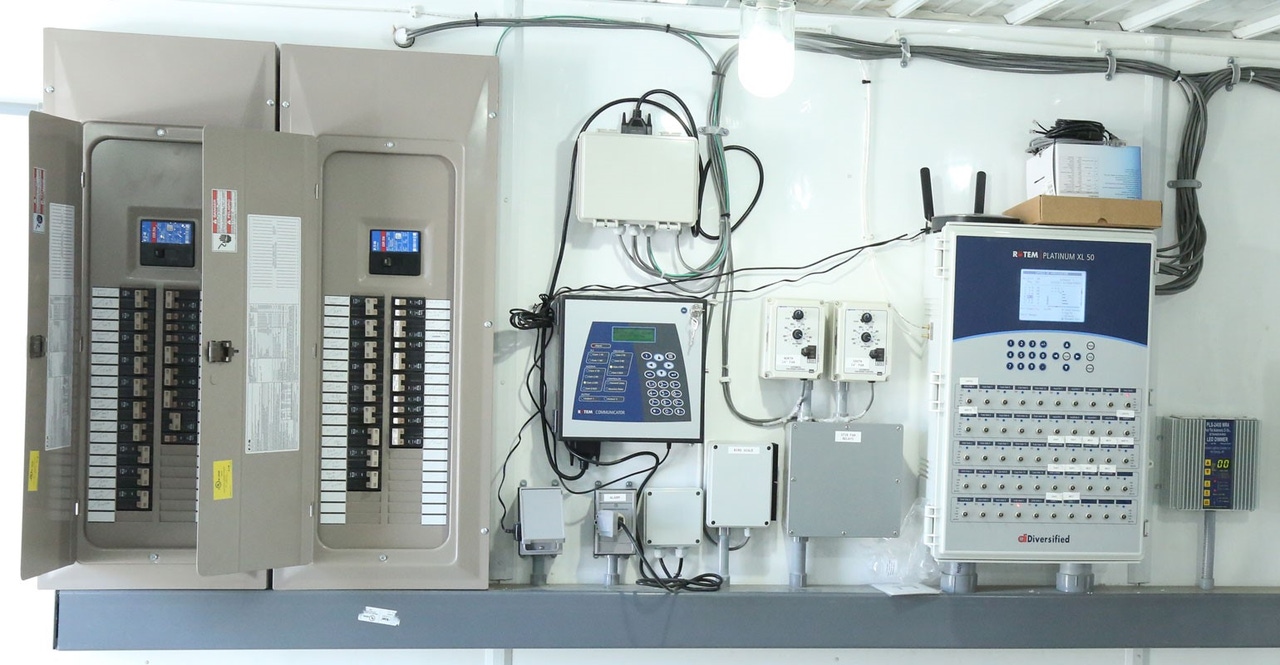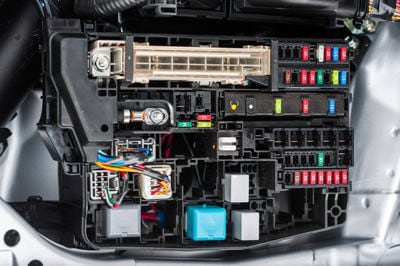Top Tips for Effective Electric System Troubleshooting
Repairing electric systems calls for a systematic strategy, based in a thorough understanding of electric concepts and security procedures. By familiarizing oneself with circuit parts, using important tools, and sticking to an organized analysis method, experts can properly determine and resolve problems. Nonetheless, the subtleties of effective repairing extend beyond simple technical understanding; understanding just how to document searchings for and focus on safety can dramatically influence outcomes. As we explore these crucial elements further, it comes to be clear that understanding this process is not simply useful yet necessary for success in the field.
Understand the Basics
Comprehending the essentials of electrical systems is crucial for effective troubleshooting, as a solid foundation allows service technicians to diagnose and solve problems extra successfully. A thorough understanding of electrical principles, such as voltage, existing, resistance, and power, is crucial in recognizing the origin of troubles. Voltage is the electric possible distinction that drives existing through a circuit, while resistance opposes the flow of present, impacting the total functionality of the system.
Experience with circuit elements, consisting of resistors, capacitors, diodes, and changes, is also paramount. Each component plays a distinctive function in circuit behavior and can affect performance when malfunctioning. In addition, recognizing collection and parallel circuit configurations is vital, as these setups influence the circulation of voltage and existing within the system.
Furthermore, understanding of safety protocols is crucial. Professionals need to understand possible hazards, such as shock and brief circuits, to implement secure troubleshooting techniques. By understanding these foundational ideas, service technicians improve their capability to conduct efficient diagnostics and repair services, inevitably resulting in boosted efficiency and integrity of electric systems. This fundamental understanding is the keystone of successful troubleshooting ventures.
Gather Necessary Tools
Efficient troubleshooting of electrical systems needs the ideal collection of devices to detect and fix issues accurately. A fully equipped service technician can dramatically boost performance and efficiency in recognizing issues. Vital tools include a multimeter, which measures voltage, present, and resistance, permitting exact examinations of electrical elements. Clamp meters are likewise useful for determining existing without separating the circuit, making sure security and convenience.
Furthermore, protected hand devices such as screwdrivers, pliers, and cable strippers are essential for securely adjusting electric connections. It is likewise a good idea to have a circuit tester handy to confirm the presence of voltage in electrical outlets and cords. For more complicated systems, a thermal imaging electronic camera can help spot overheating parts, indicating prospective failures.

Comply With a Systematic Approach
Having actually collected the appropriate devices, the next action in troubleshooting electrical systems is to follow a systematic strategy. A systematic strategy makes certain that technicians can recognize mistakes efficiently anonymous and properly, minimizing downtime and preventing unnecessary repair work.
Begin by evaluating the system's schematic diagrams and requirements. Understanding the layout and operational criteria will supply context for diagnosing problems. Next off, isolate the trouble area by making use of a procedure of elimination. This entails monitoring each element methodically, beginning with the power resource and working in the direction of the tons.
Utilize screening tools, such as multimeters and oscilloscopes, to collect unbiased information regarding voltage, current, and resistance at different factors within the system. This empirical proof will assist your troubleshooting efforts and help to verify or eliminate potential sources of failure.
In addition, take into consideration environmental variables that may affect the system's efficiency, such as temperature level changes or dampness ingress. A comprehensive inspection of electrical wiring, connections, and parts will certainly guarantee that all possibilities are made up.
Record Your Searchings For
Complete documentation is essential in the troubleshooting process of electric systems. Exact documents boost the effectiveness of recognizing recurring concerns and assist in interaction amongst group participants. Each searching for must be thoroughly kept in mind, including signs and symptoms observed, tests performed, and the results of those tests. electrical system troubleshooting. This method not only aids in comprehending the source of the problem but also works as a recommendation for future troubleshooting efforts.

Additionally, maintaining a log of parts replaced or fixings done is very useful. This details supports supply monitoring and can aid analyze the long life and dependability of certain components.
Inevitably, the documentation procedure ought to be comprehensive yet concise, allowing my response very easy access and testimonial - electrical system troubleshooting. By prioritizing thorough paperwork, service technicians can create a beneficial data base that not just aids in current troubleshooting but likewise equips future maintenance initiatives, thus boosting overall system integrity

Prioritize Security Measures
Recognizing the integral dangers related to electrical systems is important for making certain safety throughout troubleshooting. Electric shock, burns, and devices damages are simply a few of the possible risks that technicians encounter. Prioritizing precaution is not only a legal obligation but likewise an ethical critical that safeguards both the technician and the surrounding environment.
Prior to beginning any troubleshooting job, technicians ought to don ideal personal protective equipment (PPE), consisting my site of insulated gloves, shatterproof glass, and flame-resistant clothing. Ensuring that the job location is dry and without clutter can considerably reduce the threat of crashes. Moreover, it is essential to de-energize circuits before starting any kind of work, validating that they are not endure making use of a multimeter or voltage tester.
Establishing clear communication protocols with staff member is additionally essential; this makes sure that everyone understands possible threats and the condition of the electric system being worked with. Finally, having an emergency feedback plan in location can show vital in the event of a case. By focusing on security procedures, specialists can properly mitigate threats and cultivate a safer office.
Conclusion
Reliable electrical system fixing relies upon a comprehensive understanding of essential concepts and a systematic approach. By gathering important tools, adhering to organized evaluation methods, and meticulously documenting searchings for, the fixing procedure ends up being more reliable and trusted. Focusing on safety steps ensures the health of people included and the integrity of the electric system. Carrying out these methods will improve the troubleshooting experience, causing quicker resolutions and enhanced functional effectiveness in electrical systems.